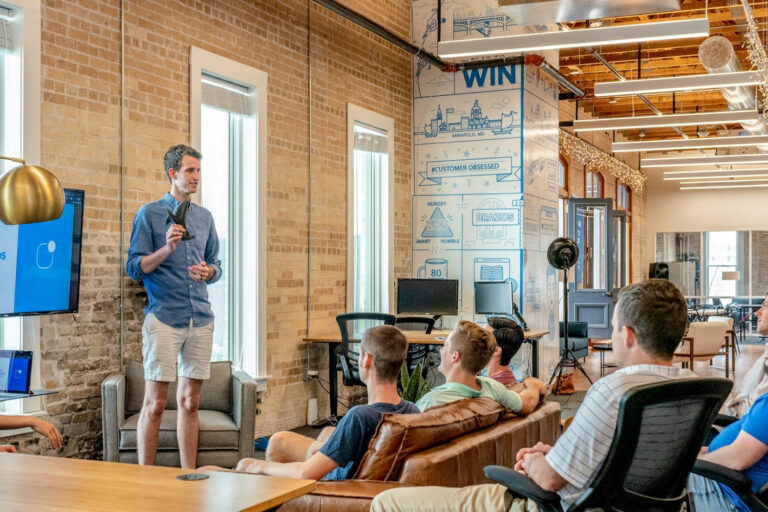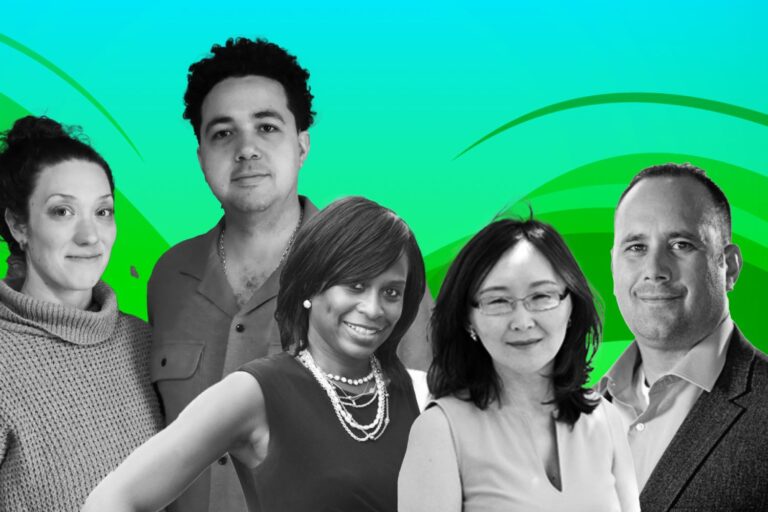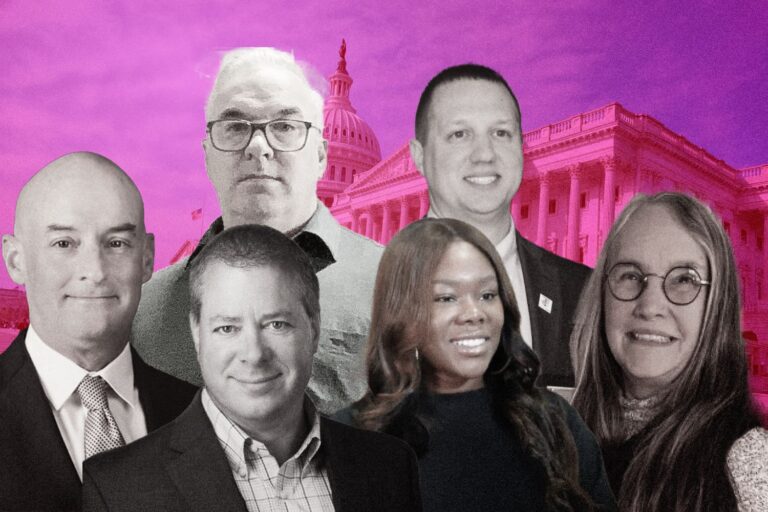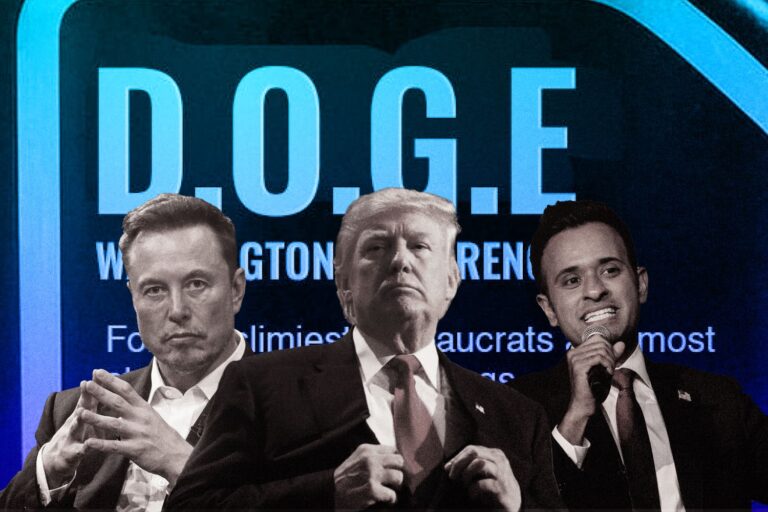Hypower to Reveal the Savvy Formula of Resilience and Endurance
Founded by Bernard Paul-Hus in 1991, Hypower today is a top electrical and utility constructing company in the Southeast, ranked by ENR magazine. The company is a Florida-based family business that grow into an employee base of over 400 people with an annual revenue of $109M, according to the data site Dun & Bradstreet.
How has its leadership embraced growth and the step-by-step story on dominating the Southeast market?
The Rise of Hypower: Riding Waves to Capture Opportunities
Focus on runway lighting, airfield lighting system, and projects at New Denver International Airport Runways, the firm since its early days of the 1990s has found the right niche to position firmly in the market.
“We added traffic signals, high mast lighting, street lighting. We got into the traffic signal business, which filtered into the intelligent transportation system business. This taught us about fiber optic cables and telecommunications,” explains Paul-Hus – President and CEO of the firm.
Moving along, when the telecommunication industry opened up around 1996 with a tremendous amount of investment flowing into the private sector. The firm without a doubt jumps in – joining the huge boom in the installation of fiber. Riding along with the of telecom, however, says its president, the company never got away from its root of airports.
Breaking through the burst of the “dot com bubble”, the company remain afloat without concern. Until the 9/11 downturn – facing its first real big challenge when all of the airfield lighting projects got shut down. Walking out of the doom, the company was fortunate enough to earn a precious lesson after a year of being back up and running.
“The lesson we learned from that, was that diversity was going to be our path going forward, so we needed to really diversify ourselves into these counter-cyclical niches,” Paul-Hus explains while buildings are the most basic and common units get done by fellow companies like his, yet 2008 to 2012 even buildings are pretty much evaporated. Operating seven divisions before the recession, by the end, the firm decided to narrow down by five till today.
“We’ve always been very reactive to the market, trying to stay ahead of what the market’s going to do. We now have enough foresight, vision and data to anticipate these things, and to weave our way through what the world throws at us.”
Revealing the Three Focuses
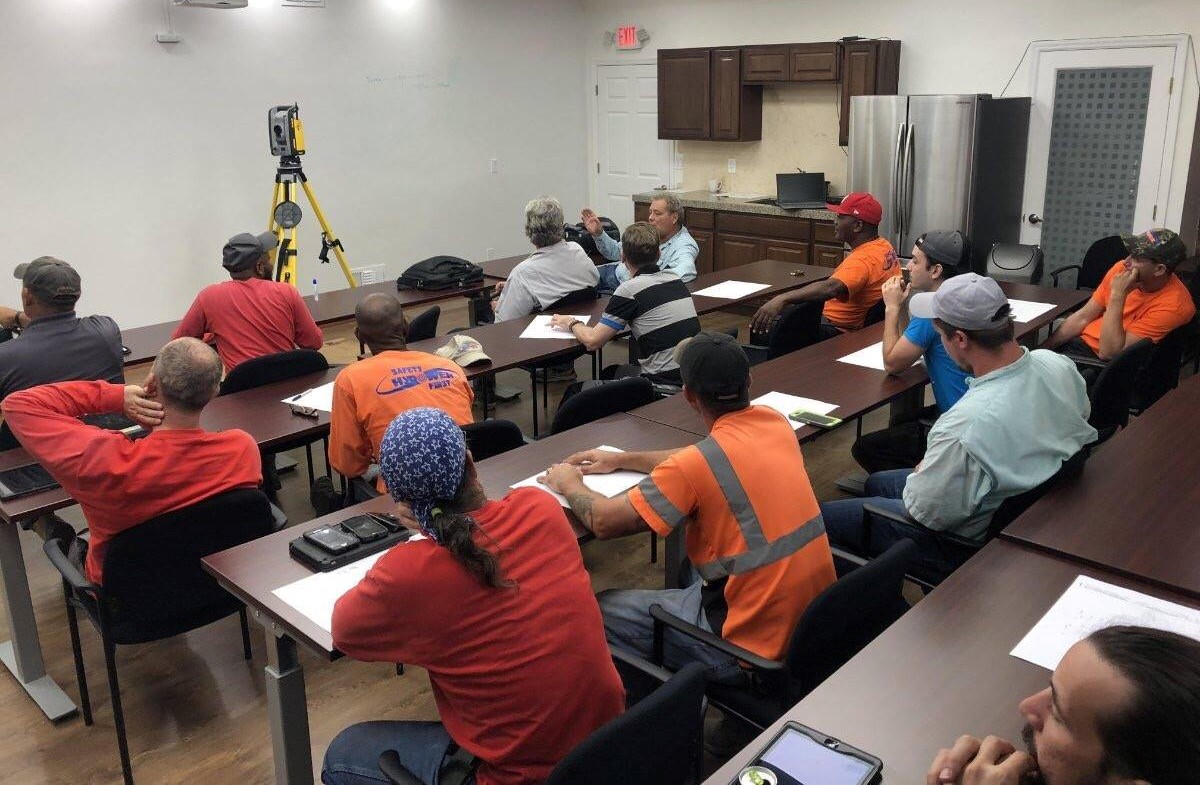
More specifically, what has the firm learned and its strategies for recovering as well as venturing into new business realms?
#1 Building a Fine Mechanism
To continue to stay afloat and be responsive to the rampant changing of the current era, investing in business intelligence and the analytic platform is the first and foremost area the firm aims at. “Our focus needed to be on achieving the highest level of financial acumen at a project management level, and we’ve been working on that since 2009,” adds Paul-Hus.
According to the President, having projects managers that work effectively as well as obtain accountant’s skill of looking not only at the historical but also the predictive part of projects – has proven to be a huge home run for the firm’s operation. Besides, strength in such areas also enables a more empowered culture as they are moving from micromanaging everybody’s decisions to embracing them with the ‘If-Then decision-making mindset’.
“We believe in autonomous management making decisions. We’ve created systems and processes that allow staff to make their own decisions based on the data they’re being presented with and with the options that are open to them.”
The fact that teams are equipped with a smart and sound system where they are encouraged to look at data of their own performance has taken the company to new heights, says Paul-Hus.
To be more specific, these real-time data has given projects managers and the frontier workers the right information to make decisions on material spending, profit per man hours, etc. On top of that, is to be the key answer for questions such as what is the firm’s production goal? Are teams installing as much every say as they need to? What is the open Request of Information (RFI)? The application would tell every single person in the field, regardless of their position and level, a daily goal on exactly what they are supposed to achieve.
#2 Innovation Race but with Real Impacts
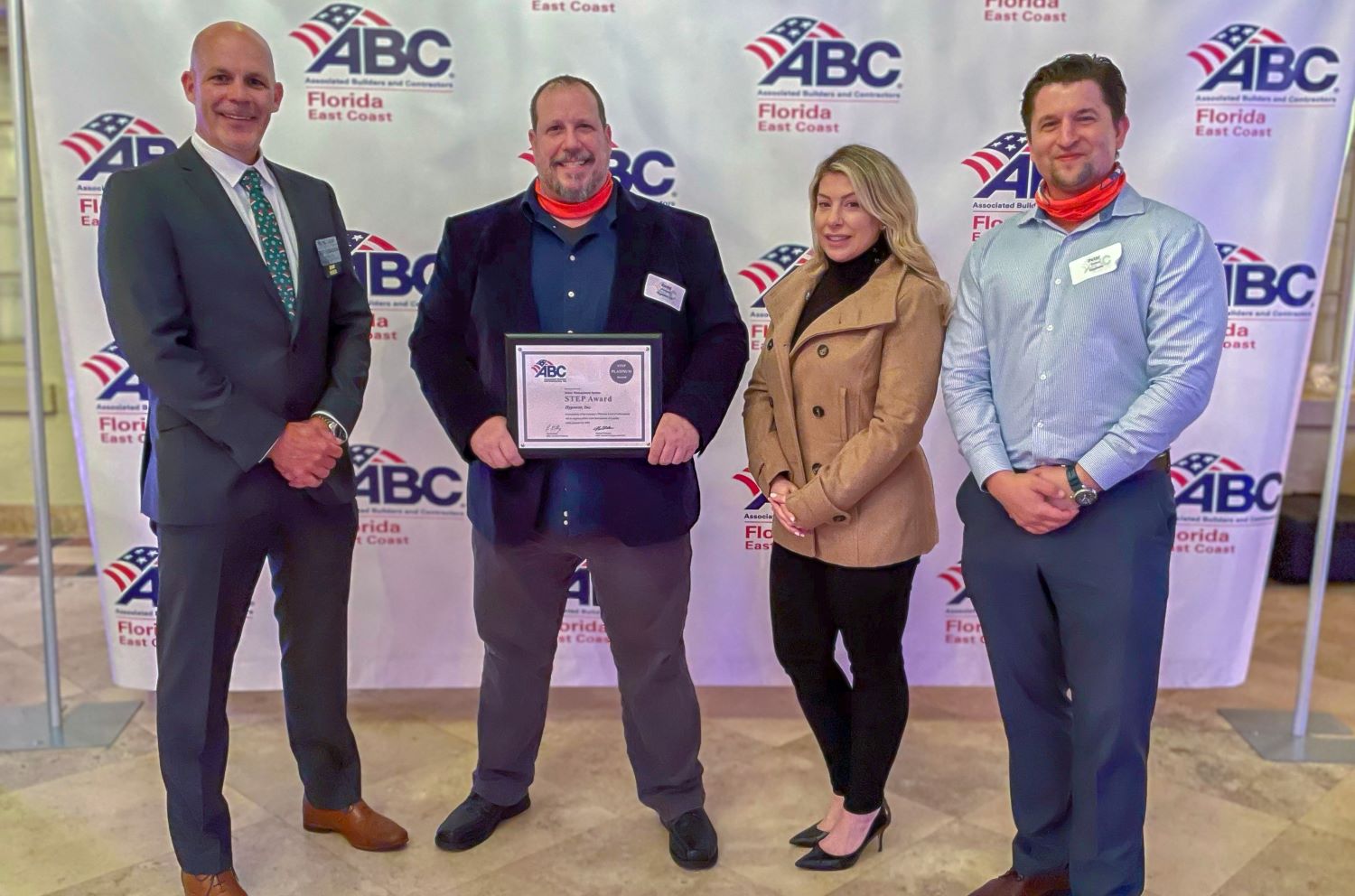
Embedding new technologies clearly is the main theme when companies aspire to keep pace with each other and the whole scene in general. However, where to invest and how to make real impacts upon your business? What kind of innovation sets you apart still remains a difficult question.
At Hypower, Jeff Emerson– Vice President of electric construction says, “a lot of technology that’s used in modeling software, such as Revit, Navisworks, and AutoCAD are all industry standard. It’s the level of detail that sets us apart. We look for jobs where our customers or clients are going to appreciate the value that this brings.”
By going bold on investing and strengthening its virtual design, construction capabilities (VDC) as well as building information modeling technologies (BIM), the company is able to optimize its processes, reduce mistakes and deliver higher quality at competitive prices.
“In the last seven jobs, we have never missed a layout point, to the point that we’re actually helping others who are doing it the old school way. It’s therefore bringing value not just to us, but to them as well,” observes Emerson.
Because every breakthrough has its own pain, particularly with Paul-Hus and his team is the challenge posed on relationship with clients.
“We can become extraordinarily frustrated at how difficult it is to sell the value of this technology to the end user, which is the owner or the general contractor,” he explains. Most clients do not grasp how important it is for the firm to go through their processes and it has not been able to gauge this idea in any meaningful way that is believable and understandable to its clients.
“Us and the other trade contractors, through the virtue of our coordination, which is generally driven by the specialty trade contractors, have fixed so many problems, that when we go out to build the job, these problems will never happen, so the end user can never appreciate the fact that they didn’t happen.”
#3 Capturing and Mentoring Talents
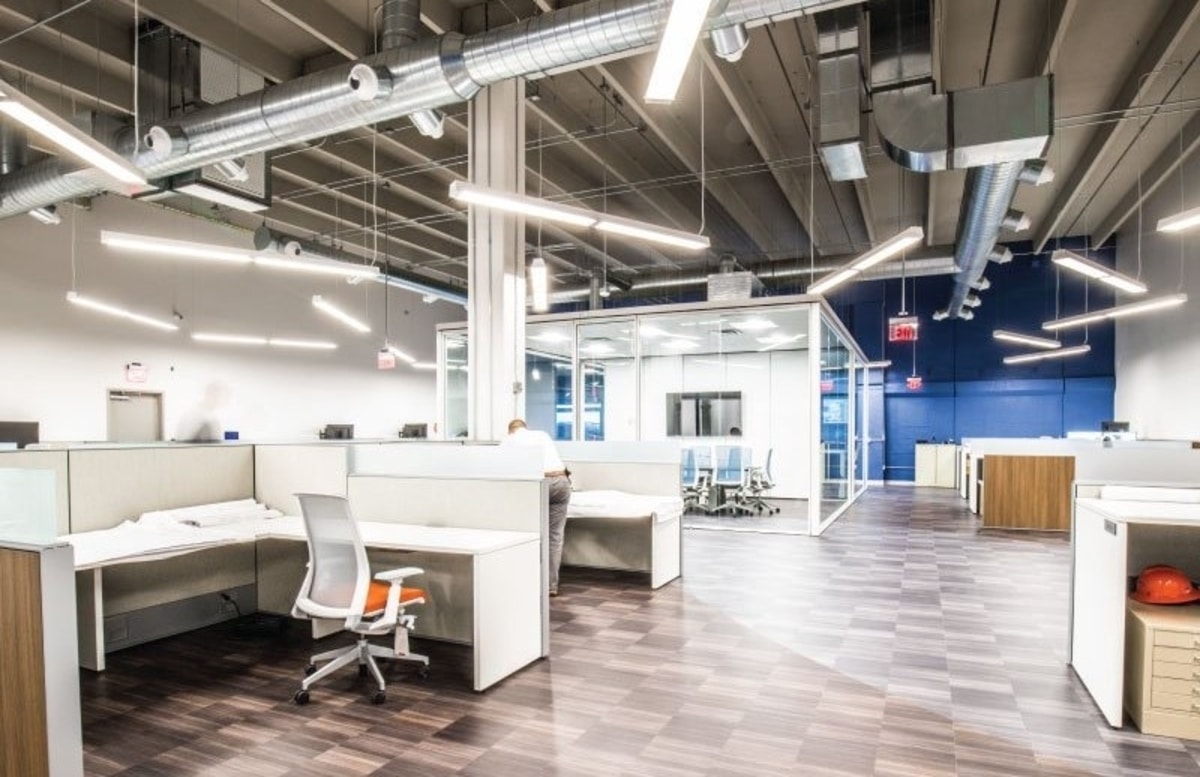
Besides placing significant emphasis on training and developing the workforce, the company’s founder also stresses making social impacts as a way to capture talent. On top of that, Paul-Hus says, keeping innovation and curiosity alive is the smartest incentive you should cultivate amongst levels across the organization.
And one of the ways to ignite such incentives is to underscore the importance of perspective, self-reflection and continue growth through mentorship.
“I am very hard on myself, and I mentor the same way. I encourage my team to approach challenges through a collective lens.” Paul-Hus in an interview with BizJournal. As the founder puts it, if you are not growing, you are dying – stay green and growing. The leadership style encourages looking at issues through different eyes to broaden your perspective and lead to the most balanced solutions.
Survived and Matured during the Pandemic
Continuing in the conversation, the firm’s founder brings in his savvy point of view upon the industry’s pitfalls especially after the pandemic, his audacious goals as well as Hypower’s growth area.
According to Paul-Hus, the primary reduction in demand has been driven by the inability to get materials at a price that fits the budgets that were announced before the pandemic strikes. From copper wire, steel, aluminum to plywood, all prices have gone up drastically. On top of that, COVID or not, transporting has barely been a big deal but rather getting the raw materials that pose a big challenge. “We got through COVID without supplies being a big deal primarily because we were using the existing inventory, but prices are skyrocketing and the impacts are getting severe now. Even if you are willing to pay the higher price, finding and getting raw materials is challenging,” the president explains.
Additionally, the division that was impacted the most was the firm’s service group as electrical technicians who go out on service calls was shut down. But that is not the end of it, they are later assigned to high-rise buildings downtown, he says. The Paycheck Protection Program was the saver that helps his team make decisions while most of the time when revenue goes down – cutting costs always seems attractive.
“That was a huge help and made the decision of what to do with these highly skilled craft workers much easier because we do not like letting good people go; there is a lot invested in each worker here.”
Upon such distress, which would be the right direction the president is driving toward for continuous growth?
“From an energy basis, I am pleased to see there is continuing momentum to do away with overhead power lines as well as fiber optic cable and coax cable lines.” The cost of $40K to $60K per home in average even though posed as a big investment but at the same time, it is also given the damage that happens to homes during a hurricane. “I expect that will accelerate and we will see more of those projects.”
More importantly, Florida’s energy construction is driven by the fact that this is a growing state, and as long as it grows energy will continue to thrive along. “Solar is also a big deal for Hypower. People are always surprised to learn how much solar power there is in Florida and throughout the United States. I am bullish on it.”
Into Execution with Rules and Discipline
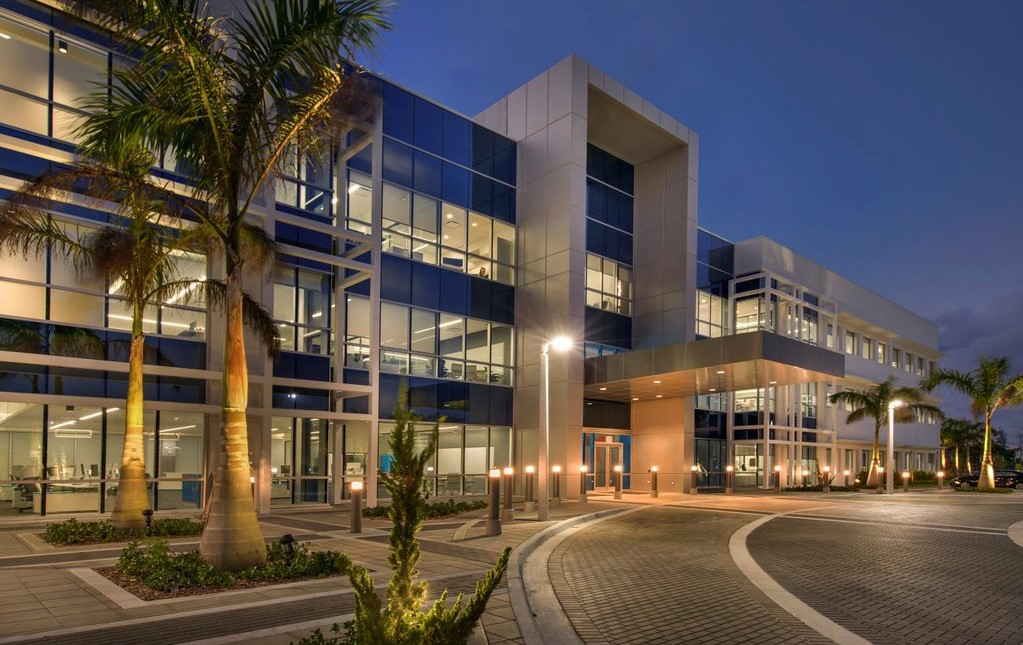
Yet, how can you ensure teams could pick up on these goals or direction and make it happen?
For Paul-Hus, his secret was a concept introduced in the book “Built to Last”. “At Hypower, we set goals that are specific, measurable, attainable, results-oriented, and would require a full team effort to accomplish. Experience, constant measurements, sharing of the data, and gauging the team’s success is the only way I have found to ensure our goals are audacious enough.”
Besides, to explain the firm’s sound operation amidst the downturn, the president credited to his team’s successful management plan of disciplined safety. “We have gone through this successfully due to the attitude we took when it started.” Into the first several months, they were provided with recommendations to follow to keep workers from getting hurt. The team works up to a million hours per year and only had four OSHA recordable incidents. Particularly in such times, the masks-on is just another piece of PPE.
Wrapping up the conversation, Paul-Hus keeps on sharing one of the traits that have most evolved in him and the arc of his career. “It’s my ability to adapt and be proactive. As with most young leaders, in the early days of my career, I learned how to be great at reacting.” The president takes pride in taking on large projects that push his team’s capability and their willingness to put forth an audacious effort that can set them apart from the competition.
The Bottom Lines
After 30 years of breaking and growing – of riding new waves as well as surviving downturns, Hypower proudly stated its secret sauce pivots around the three elements including building a sound mechanism as a foundation, evolving with meaningful technologies adaption, and mentoring as a way to ignite curiosity.
It was resilience along great planning that has taken the firm far from its starting point to dominating the Southeast region.


